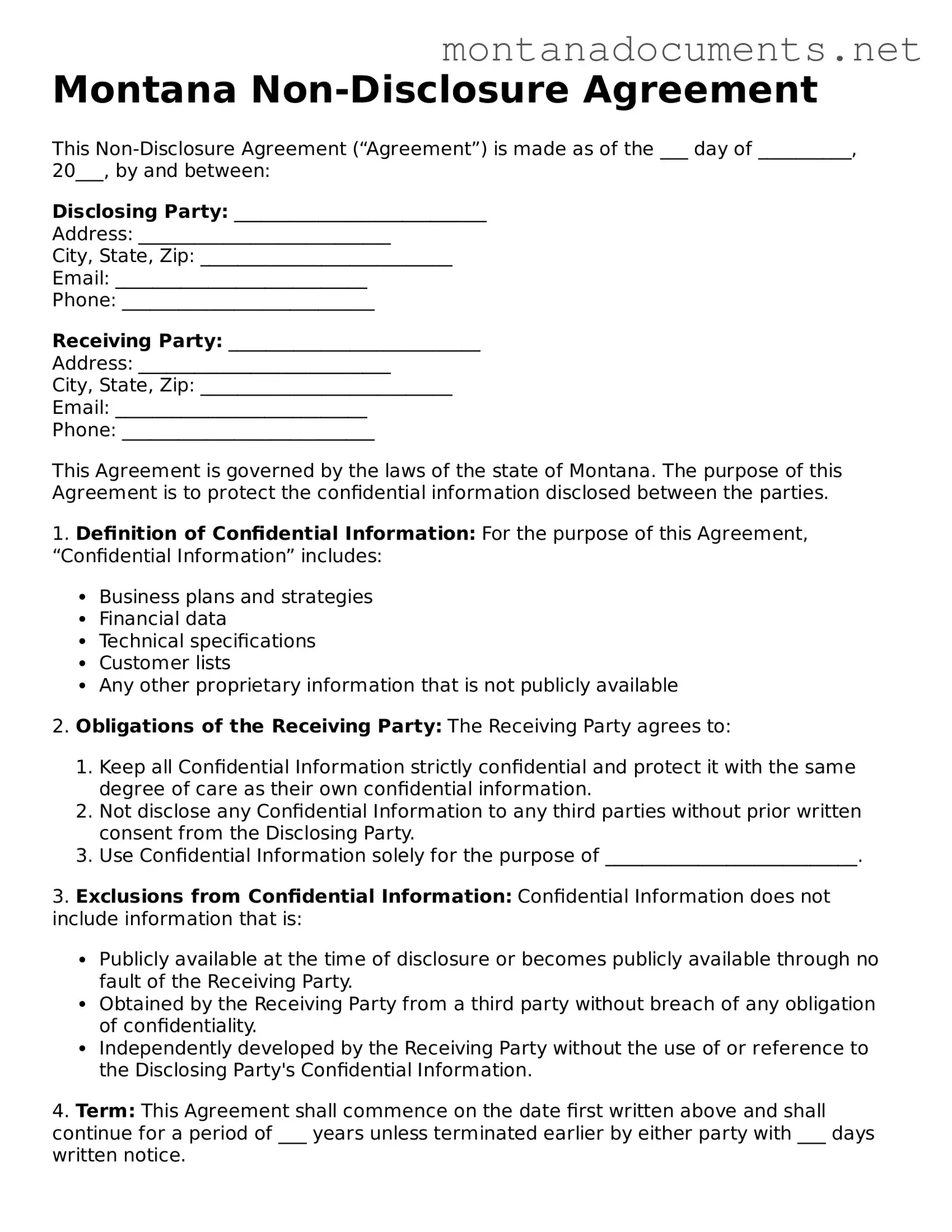A Non-Disclosure Agreement (NDA) is often compared to a Confidentiality Agreement. Both documents serve the same purpose: to protect sensitive information from being disclosed to unauthorized parties. A Confidentiality Agreement may be broader in scope, covering various types of confidential information beyond just trade secrets. However, the core principle remains the same—ensuring that parties involved do not share proprietary information without permission.
Another document similar to an NDA is a Non-Compete Agreement. While an NDA focuses on keeping information private, a Non-Compete Agreement restricts an individual's ability to work in a competing business for a certain period after leaving a company. Both documents aim to protect a business's interests, but they do so in different ways. The Non-Compete Agreement often includes geographical limitations and time frames, while an NDA is primarily concerned with confidentiality.
A Mutual Non-Disclosure Agreement is also comparable to the Montana NDA. This type of agreement is used when both parties share sensitive information with each other. Unlike a one-sided NDA, which protects only one party's information, a Mutual NDA ensures that both parties are legally bound to keep each other's information confidential. This creates a balanced approach to sharing sensitive data, fostering trust and collaboration between the parties involved.
For those in need of a legal record, the essential document to consider is the California ATV Bill of Sale form guide, which outlines the procedure for the transfer of ownership of all-terrain vehicles in California. This form not only facilitates the buying and selling process but also ensures that both parties have a clear understanding of their rights and responsibilities in the transaction.
Another related document is the Proprietary Information Agreement (PIA). A PIA is often used in employment contexts to protect a company's proprietary information. Like an NDA, it restricts the employee from disclosing sensitive information. However, a PIA may also include clauses that address the ownership of intellectual property created during employment. Both documents aim to safeguard a company’s valuable information, but a PIA may cover additional aspects related to intellectual property rights.
Lastly, a Service Agreement can bear similarities to an NDA, especially when it includes confidentiality clauses. When companies hire service providers, they often share confidential information necessary for the service to be performed. A Service Agreement may include terms that require the service provider to keep any shared information confidential, similar to an NDA. While the primary focus of a Service Agreement is on the services provided, the inclusion of confidentiality terms helps protect sensitive information during the course of the relationship.
